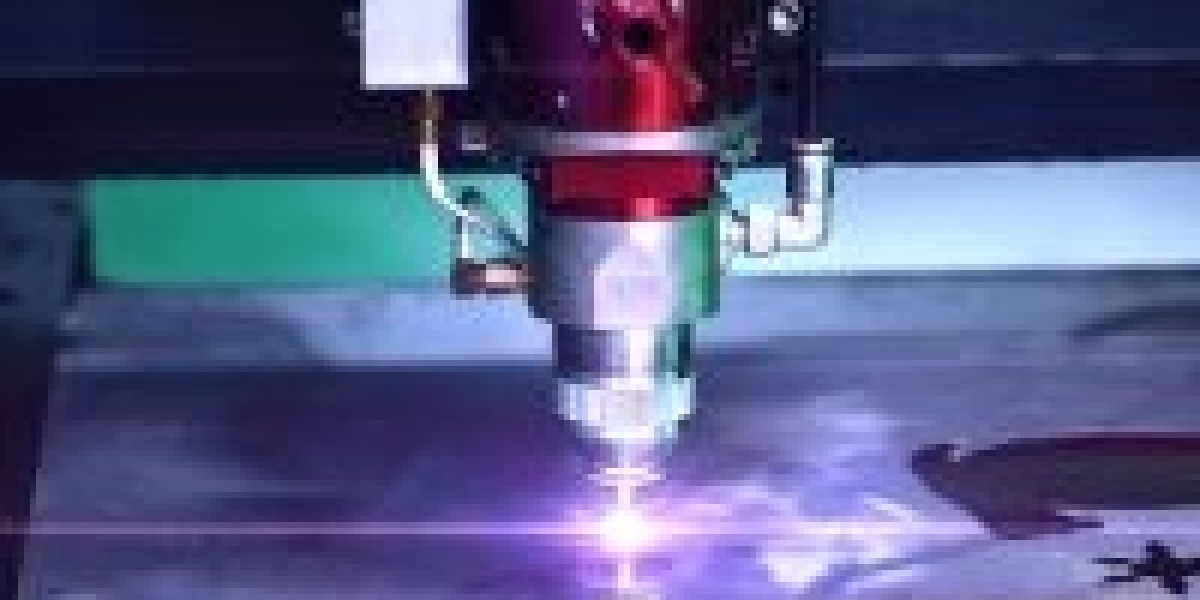A handheld laser cleaner is a cutting-edge tool that uses the power of laser technology to remove contaminants, rust, paint, and other unwanted materials from various surfaces.
This innovative device offers a cleaner, more efficient, and eco-friendly alternative to traditional methods like abrasive blasting, chemical cleaning, or manual scraping. To understand how a handheld laser cleaner works, we need to delve into its fundamental principles and Handheld Laser Cleaner.
Principle of Laser Cleaning:
At its core, laser cleaning relies on a process called "laser ablation." Ablation is the removal of material from a solid surface through the application of energy. In the case of laser cleaning, this energy comes in the form of high-intensity laser light.
Here's a step-by-step breakdown of how a handheld laser cleaner works:
1. Laser Source:
The heart of a handheld laser cleaner is its laser source. This source emits a focused beam of laser light with a specific wavelength, often in the infrared range. The choice of wavelength depends on the type of material to be cleaned and its optical properties.
2. Target Surface:
The laser beam is directed onto the target surface, which may be covered with contaminants like rust, paint, grease, or dirt. When the laser light hits the surface, it interacts with the contaminants.
3. Absorption of Laser Energy:
Different materials have different absorption properties for laser light. The contaminants on the surface tend to absorb the laser energy more readily than the underlying substrate. This is because the laser's wavelength is carefully chosen to match the absorption characteristics of the contaminants.
4. Heating and Vaporization:
As the contaminants absorb the laser energy, they rapidly heat up. This intense heating causes them to vaporize or sublimate directly into a gaseous state. The rapid expansion of these gases generates a high-pressure shockwave that helps dislodge and remove the contaminants from the surface.
5. Selective Ablation:
One of the key advantages of laser cleaning is its ability to selectively remove contaminants while leaving the substrate underneath largely unaltered. This selectivity is achieved by precisely controlling the laser's parameters, such as power, pulse duration, and focal spot size.
6. Contaminant Collection:
To prevent recontamination and to collect the removed contaminants, handheld laser cleaners are equipped with a vacuum system. This system simultaneously suctions away the vaporized contaminants and filters them for disposal or recycling.
7. Real-time Monitoring and Control:
Many modern handheld laser cleaners are equipped with advanced control systems that allow operators to adjust laser parameters in real-time based on the surface conditions and the type of contaminants encountered. This ensures efficient and precise cleaning.
8. Safety Measures:
Safety is paramount when using handheld laser cleaners. Operators must wear appropriate protective gear, including laser safety goggles, to shield their eyes from the intense laser light. The devices also often include safety interlocks and software safeguards to prevent accidental or unsafe operation.
Advantages of Handheld Laser Cleaners:
Handheld laser cleaners offer several advantages over traditional cleaning methods:
Precision: Laser cleaning can be incredibly precise, allowing for the removal of contaminants without damaging the underlying material.
Environmentally Friendly: It's a green technology as it typically doesn't require the use of chemicals or produce harmful waste.
Speed: Laser cleaning is fast and efficient, reducing downtime in industrial applications.
Versatility: It can be used on a wide range of surfaces, including metal, stone, wood, and more.
Minimal Wear and Tear: Unlike abrasive methods, laser cleaning doesn't result in physical wear and tear on the substrate.
In conclusion, a handheld laser cleaner operates on the principle of laser ablation to selectively remove contaminants from surfaces while leaving the substrate unharmed.
This innovative technology offers numerous advantages, including precision, eco-friendliness, speed, and versatility, making it a valuable tool in various industries, from manufacturing and restoration to conservation and maintenance.
As technology continues to advance, handheld laser cleaners are likely to become even more efficient and widespread in their applications.









